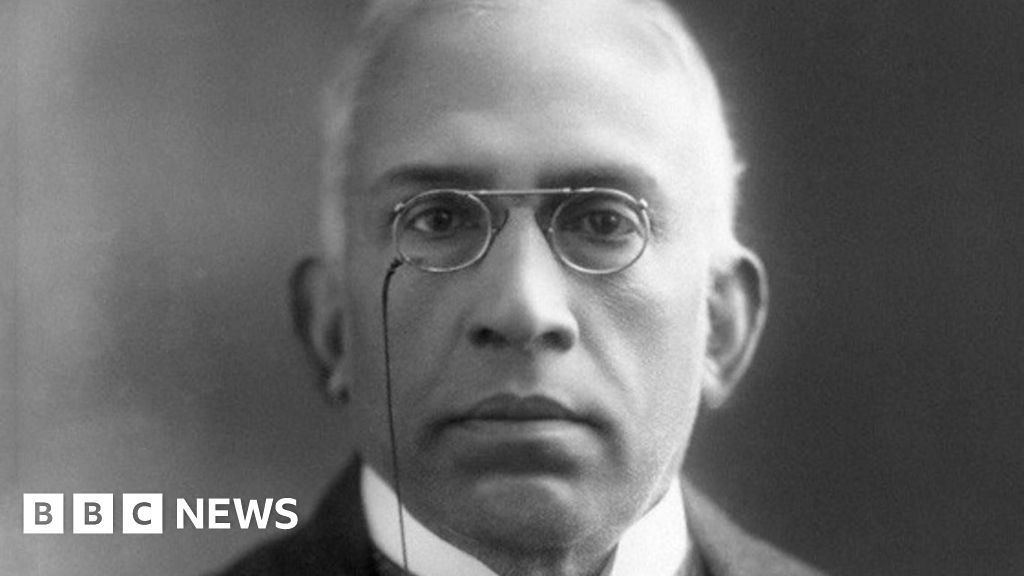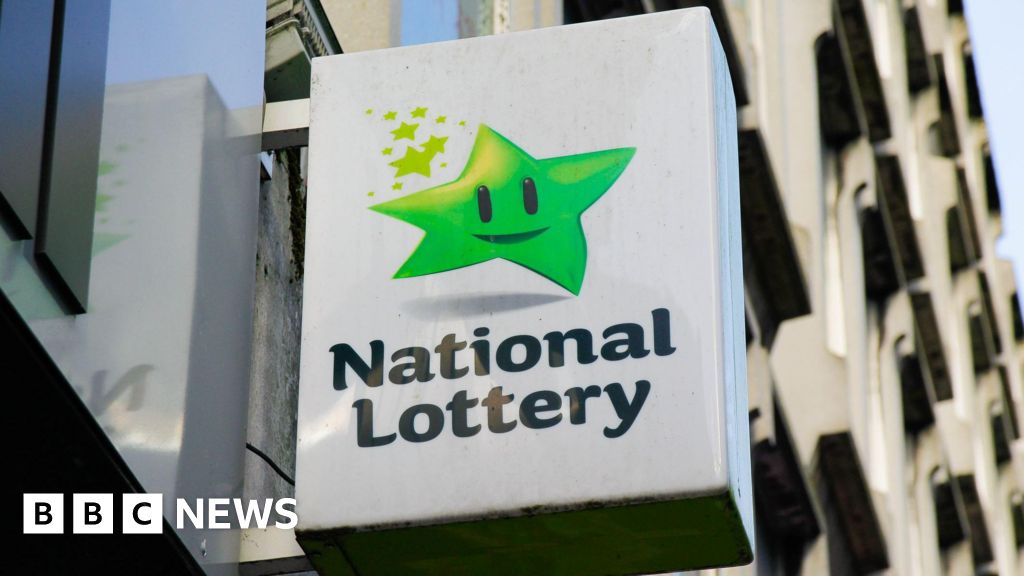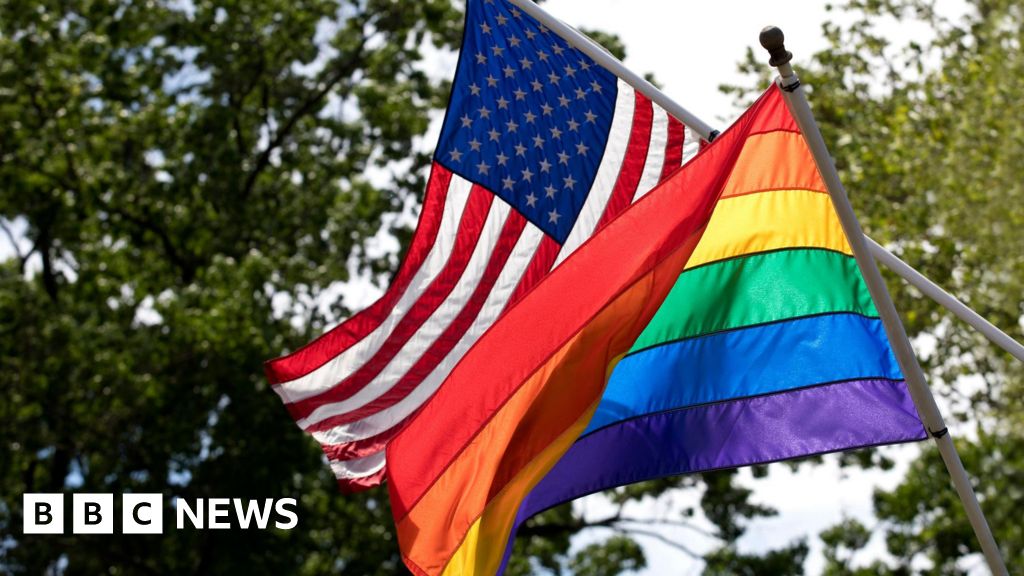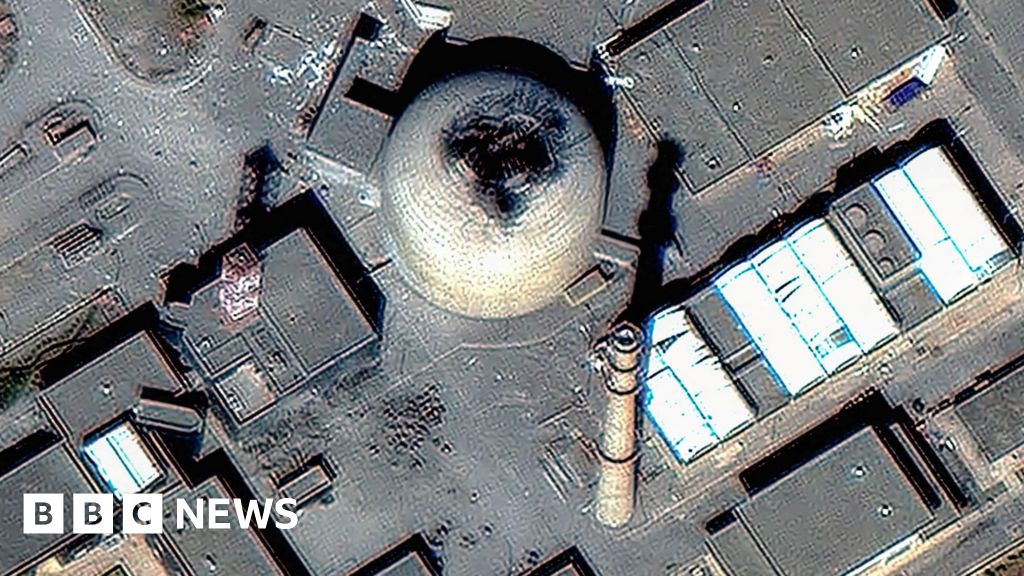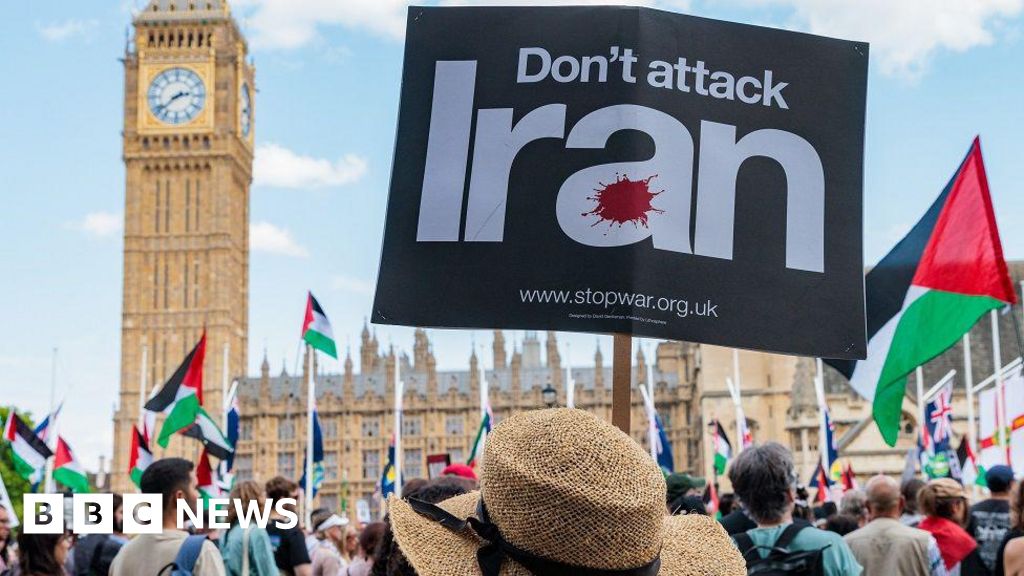Key Takeaways
- Onafriq and Circle are teaming up to pilot USDC stablecoin for cross-border payments in Africa.
- The project aims to tackle the $5 billion annual cost of routing payments within Africa.
- Both companies cite the potential for stablecoins to support underserved regions and improve access to efficient financial services.
Onafriq, one of Africa’s largest payments infrastructure providers, is partnering with Circle , the company behind the USDC stablecoin, to revamp cross-border payment systems across the continent.
The pilot will see USDC being used for settlements within Onafriq’s expansive network, which covers over 40 African countries and connects more than 500 million mobile wallets and 200 million bank accounts.
You’ll Want To See This
Onafriq and Circle Partner To Pilot USDC in Africa
This partnership aims to address the high costs and inefficiencies that come with intra-African payments, which are often routed through foreign correspondent banks and settled in foreign currencies.
The existing system racked up a hefty $5 billion annually in transaction fees at press time.
By exploring blockchain-based settlement solutions, Circle and Onafriq hope to provide faster and more affordable alternatives for institutions and individuals.
The executives behind the collaboration see huge potential for blockchain technology in improving financial access and system efficiency.
Onafriq CEO Dare Okoudjou highlighted that the partnership aims to make cross-border transactions easier and cheaper while also boosting trust in digital payments.
Miriam Kiwan, Circle’s VP for the Middle East and Africa, pointed out that many African markets are ideal candidates for stablecoins, especially in areas underserved by traditional banking.
The project also plans to collaborate closely with regulators and financial institutions to help modernize Africa’s payment infrastructure.
It reflects the growing efforts by both companies to bring digital currencies into real-world use, in line with local and international standards.
Joining Tether
Circle isn’t the first to invest in Africa’s fintech scene; Tether , another major player in the stablecoin space, revealed similar plans last month.
While traditional banks often avoid riskier, lower-return markets, Tether has taken a more hands-on approach by directly investing in infrastructure across Africa.
The company has already deployed over 300 solar-powered kiosks in countries like Nigeria, Kenya, and Mozambique, targeting regions where 600 million still lack reliable electricity.
Tether’s CEO, Paolo Ardoino, explained that these kiosks, equipped with solar panels and rechargeable batteries, let users exchange power packs for 3 USDT. They also serve as digital dollar access points for people without reliable banking services.
Tether sees the high mobile phone penetration and limited banking access as an opportunity to bridge both financial and energy gaps in these areas.
The stablecoin company now aims to scale to 10,000 kiosks by 2026 and 100,000 by 2030, potentially reaching up to 60 million people.
Unlike traditional NGOs, which Ardoino critiques for inefficient spending, Tether’s approach focuses on investing directly in infrastructure.
Each kiosk also doubles as a community hub, offering online access for essential goods and services, helping stimulate local economies.
Was this Article helpful?


